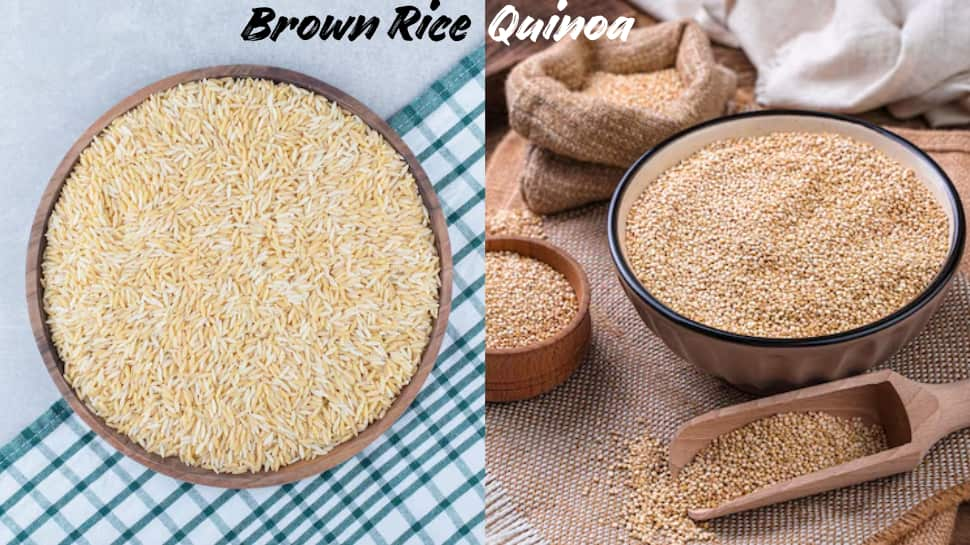When choosing a nutritious grain to include in your diet, quinoa and brown rice often come up as two of the healthiest options. Both are whole foods rich in essential nutrients, but they differ in several ways.
Here’s a detailed comparison to help you decide which one is healthier for your lifestyle and dietary needs:-
Nutritional Overview
Quinoa is technically a seed but is commonly used as a grain substitute. It stands out because it is a complete protein, containing all nine essential amino acids. Quinoa is also rich in fiber, vitamins such as B-complex, minerals like magnesium, iron, and zinc, and antioxidants.
Brown rice is a whole grain, unrefined and with the bran layer intact, offering more nutrients than white rice. It provides fiber, manganese, selenium, magnesium, and B vitamins. While it contains less protein than quinoa, it is a solid source of complex carbohydrates for sustained energy.
Protein Content
One of quinoa’s biggest advantages is its high protein content — about 8 grams per cooked cup — and its complete amino acid profile. This makes it an excellent choice for vegetarians and vegans aiming to meet their protein needs from plant sources.
Brown rice has less protein, roughly 5 grams per cooked cup, and lacks some essential amino acids, so it’s best paired with other protein-rich foods for a balanced diet.
Fiber and Digestive Health
Both quinoa and brown rice provide good amounts of dietary fiber, aiding digestion and promoting satiety. Quinoa contains slightly more fiber, which helps with gut health and blood sugar regulation.
Glycemic Index and Blood Sugar
Quinoa has a lower glycemic index (GI), meaning it has less impact on blood sugar levels. This makes quinoa a better option for people managing diabetes or those who want more stable energy throughout the day.
Brown rice has a moderate GI, which is still healthier compared to white rice but can cause a faster spike in blood sugar than quinoa.
Vitamins, Minerals, and Antioxidants
Quinoa provides more iron, magnesium, zinc, and antioxidants that help combat inflammation. Brown rice is rich in manganese and selenium, important for metabolism and antioxidant defense.
Which One is Healthier?
Choose quinoa if you want more protein, a complete amino acid profile, and a lower glycemic impact.
Choose brown rice if you prefer a familiar grain with good fiber content and essential minerals.
Both grains are gluten-free and can be part of a balanced, healthy diet.
Both quinoa and brown rice are nutritious, but quinoa edges out as the healthier option due to its higher protein content, complete amino acids, and lower glycemic index. However, variety is key — rotating between quinoa and brown rice can offer a broader range of nutrients and flavors to your meals.
(This article is meant for informational purposes only and must not be considered a substitute for advice provided by qualified medical professionals.)

